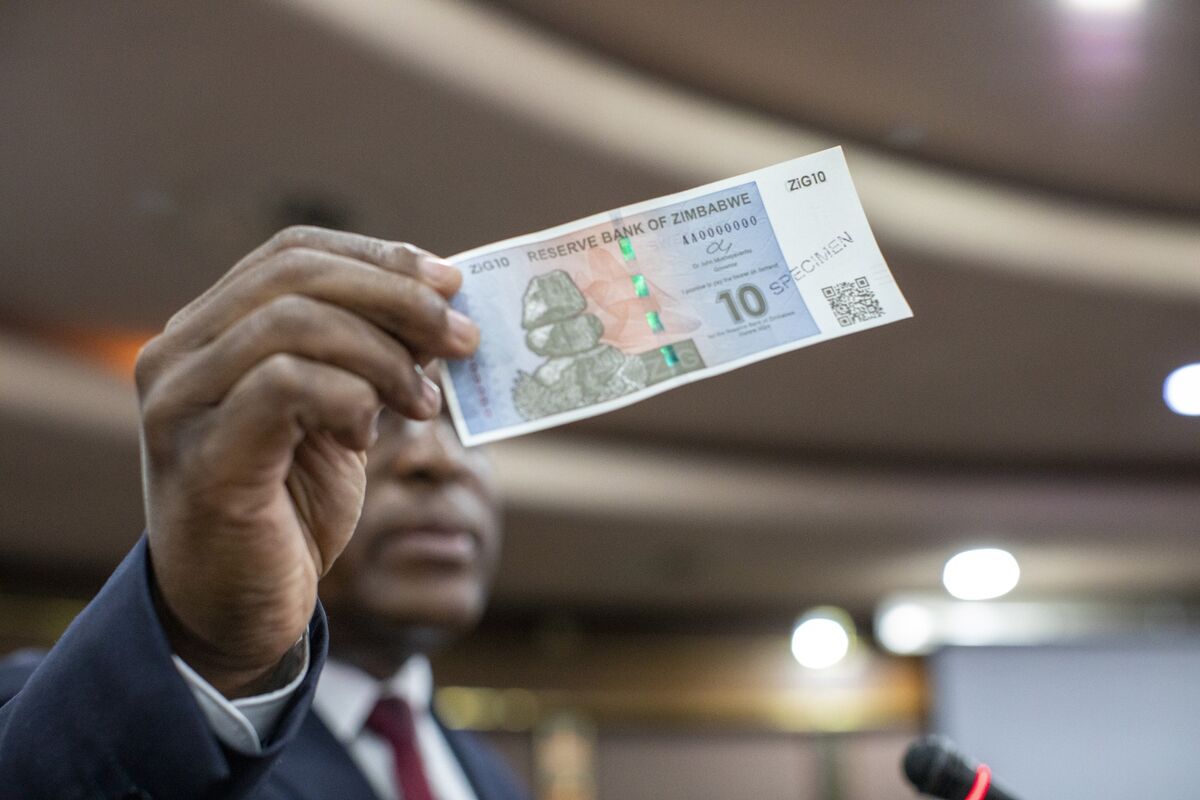THE Zimbabwe Mining Development Corporation (ZMDC) is doing due diligence on a Chinese firm which wants to revive Kamativi Mine in Zimbabwe.
Kamativi, wholly-owned ZMDC subsidiary ceased operations in 1994 after 58 years of service.
Beijing Pinchang has invested $102 million in Kamativi Mine in Zimbabwe.
Mines and Mining Development minister Walter Chidhakwa said the ZMDC team visited China last week as part of the due diligence process.

“The team went to China last week and they are back. They were looking at possible technology that ought to be brought. If they are coming to process tin it contains six other minerals, so they can process the minerals instead of sterilising them. I cannot give you the time frame as this is under due diligence,” Chidhakwa told NewsDay on the sideline of a meeting held in the capital recently.
Kamativi Mine in Zimbabwe located in Matabeleland North Province was opened in 1936 and was viable when the prices of tin were high. A decline in tin prices made it unviable. The mine has close to 40 million tonnes of open cast tin reserves considered one of the biggest deposits in the world.
Kamativi Mine has seen various investors expressing interests, but failing to complete the processes.
The government secured South African investors in 2011 to invest in the mine. In 2012 government said it consulted 20 companies to engage in joint ventures with the ZMDC at Kamativi Mine in Zimbabwe. Tin is used to coat other materials to prevent corrosion and also for electro-coating.
The Zimbabwe mining sector is expected to grow by 3,5% this year although the sector is facing challenges that include power cuts and decline in commodities prices.
Mining in Zimbabwe has been the main driver of the economy since the introduction of the multi-currency regime in 2009 to the firming international prices. The sector is still key in the Zimbabwean economy which has close to 37 minerals.






